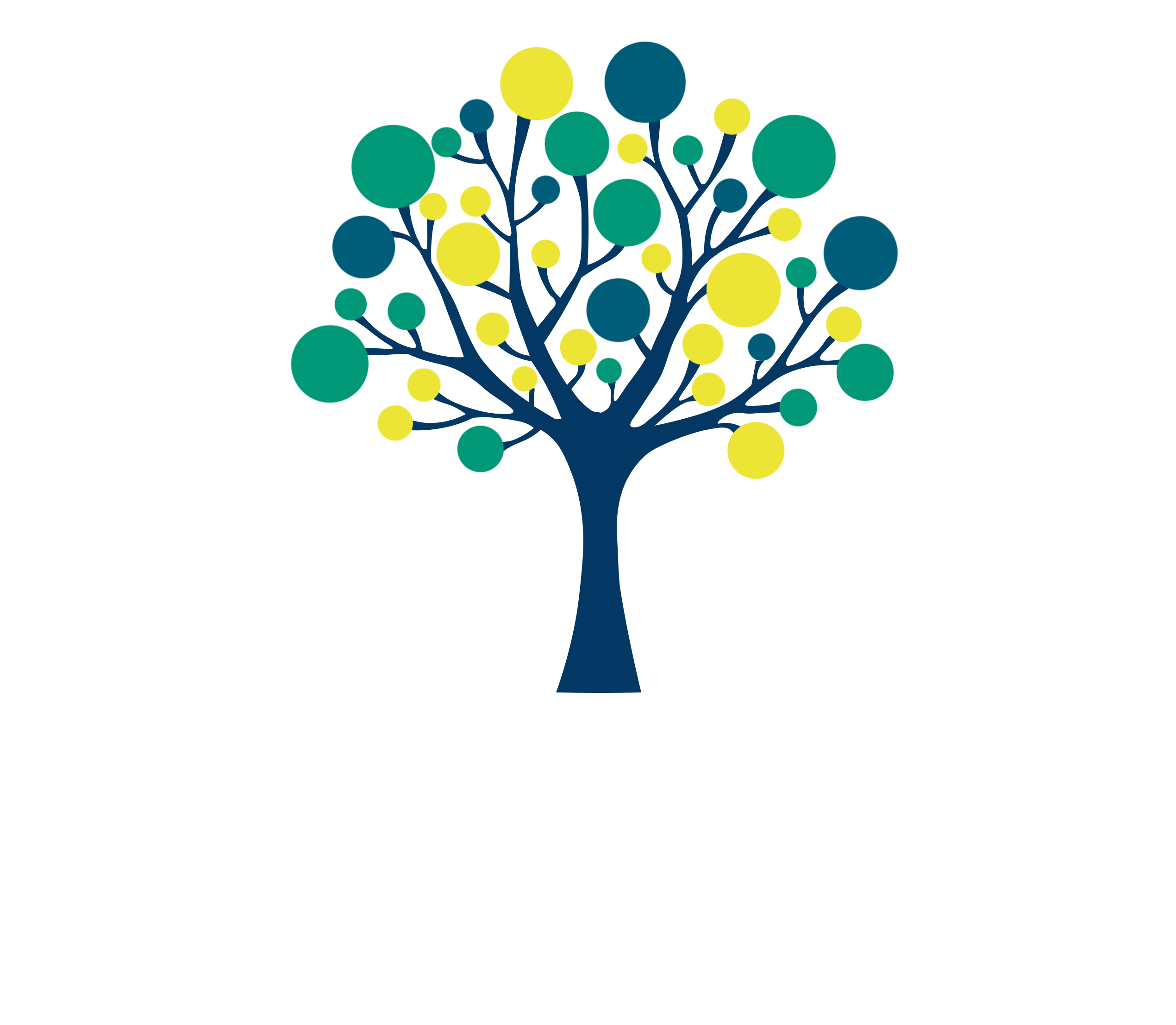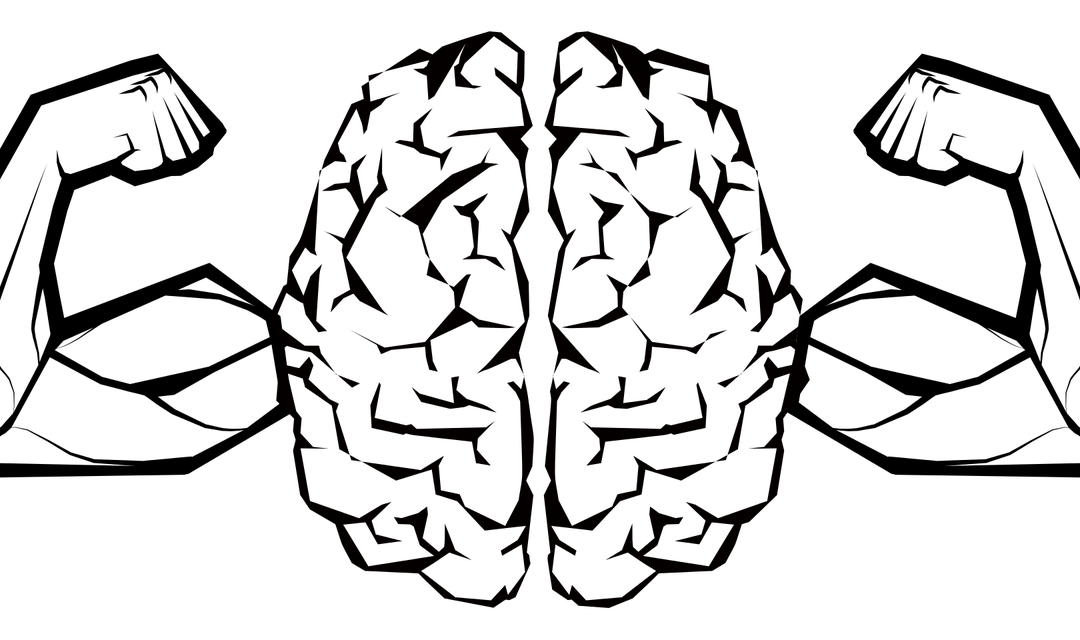By Vanessa Rae De Leon, LCPC, R-DMT , RYT
Resilience; such a buzz word nowadays. But in today’s flux of chaos in every form of media consumption in the era of COVID, it makes sense why the word resilience is thrown around so much. Last year when the world shut down in quarantine, we were all suddenly tasked with a responsibility to isolate and stay home. It was an abrupt halt to all of the routines that our bodies had become attuned to, and the uncertainty of when we would be able to resume our “normal lives” made the situation worse. Over time, we were given updates to instill hope of a “new normal” and as we make strides to reclaiming our lives, interruptions and breakdowns occur to bring us back to the state of uncertainty & hopelessness. Some people even feel guilty for experiencing uncertainty and hopelessness, especially if the interruptions and breakdowns didn’t even directly happen to them! This sometimes leads people to further isolate themselves and engage in media consumption as a way to stay connected aaaand further into the rabbit hole they go.
My intention with this article is
- to break the cycle of negative thoughts & isolation using psychological flexibility
- to validate every single experience that you are going through
- to provide education about the importance of mental health & vicarious trauma
- & redefine resilience as not only bouncing back from adversity but building the capacity to transform the conditions that caused the adversity in the first place
The first step in breaking the cycle of negative thoughts and isolation is to increase awareness of what your experience is without any judgment. It sounds pretty simple, right? This is what we call the practice of mindfulness. The Oxford definition of mindfulness is the quality or state of being conscious or aware of something. It is a state of mind that is rooted in the present moment, the here-and-now, that draws attention to every sensory experience that is happening to you (i.e. sense of touch, taste, smell, hearing, and feeling). A second step breaking the cycle of negative thoughts and isolation is acceptance. The process of acceptance is not synonymous with complacency. It is a radical process in which you accept all of what you’re experiencing at face value. “It is what it is” so to speak. In exercising mindfulness and radical acceptance, you are building psychological flexibility. By using psychological flexibility, you are able to act on long-term values rather than short-term impulses, thoughts, and feelings that are often linked to experiential avoidance and a way to control unwanted inner events.
“Hexaflex”
Acceptance and Commitment Training Tool on Psychological Flexibility
With everything going on in the world as we navigate the political turmoil, social unrest, mental health epidemic, COVID (& its variants), natural disasters, & international affairs, it’s understandable that our bodies are in fight or flight mode and why it’s easy to operate from short-term impulses, rather than long-term values. I’m here to say that is completely ok. Even if you are in prime physical health, but you’re experiencing high levels of distress, it makes sense. Even if we aren’t experiencing everything in the world directly, we can still experience it vicariously, especially through media consumption. In the field of trauma research, we call this vicarious trauma, also known as compassion fatigue.
So how can we take care of ourselves so we can operate from long-term values, as opposed to short-term impulses? Let’s talk about self-care (ugh, another buzzword).
In creating a self-care strategy that works for you, we have to distinguish coping strategies that are actually self-care strategies as opposed to avoidance strategies. The purpose of avoidance strategies are to numb out, ignore, or escape from a task, problem, or difficult emotion, whereas the purpose of self-care is to respond to your physical, mental, and emotional needs in order to care for your overall well-being.
This isn’t to say that avoidance strategies are necessarily bad. Understanding your limits of what you can handle in the moment is a good way to indicate which strategy you need to utilize in order to be within your window of tolerance. Your window of tolerance is when your body is in its optimal state and can access both reason & emotion & you are mentally engaged. If you experience something that stresses you out and brings you outside of your window of tolerance, you can enter into a hyperaroused state where it’s difficult to calm down or a hypoaroused state where you shut down and become unresponsive. If you are in a state where you can’t calm down or if you’ve shut down, it’s difficult to take a self-care strategy that operates from long-term values because in that particular moment, you just need to be brought back into your window of tolerance. Utilizing a strategy that provides a distraction from something that’s stressing you out would be really beneficial in that moment.
Understanding the different purposes of avoidance and self-care can help you understand how to set intentions behind your self-care regimen that are meant for short-term gain versus long-term sustained health.
When we build resiliency through self-care strategies, we are transforming our perception of the world around us. We are reducing the impact of stressful triggers on our well-being, and we are operating from a mindful place of radical acceptance.
Some useful reflection questions to ponder on:
- What can you identify in your life that brings you to a state of mind where you can’t calm down?
- What can you identify in your life that brings you to a state of mind where you shut down & isolate?
- What strategies have you used that actually worked to bring you back to a balanced mindset? And of these strategies, which of them were avoidance strategies or self-care strategies?
- Which self-care strategies could you use in your mental health tool belt to take care of your physical, mental, and emotional needs for your overall well-being?
By doing some self-reflection and evaluating what has worked and what has not worked for your self-care, you can transform resiliency from a concept into an everyday practice. And even if on a particular day you don’t feel resilient and things just suck, be kind to yourself. You are human and you are not alone. Just make sure to moderate your media consumption.

